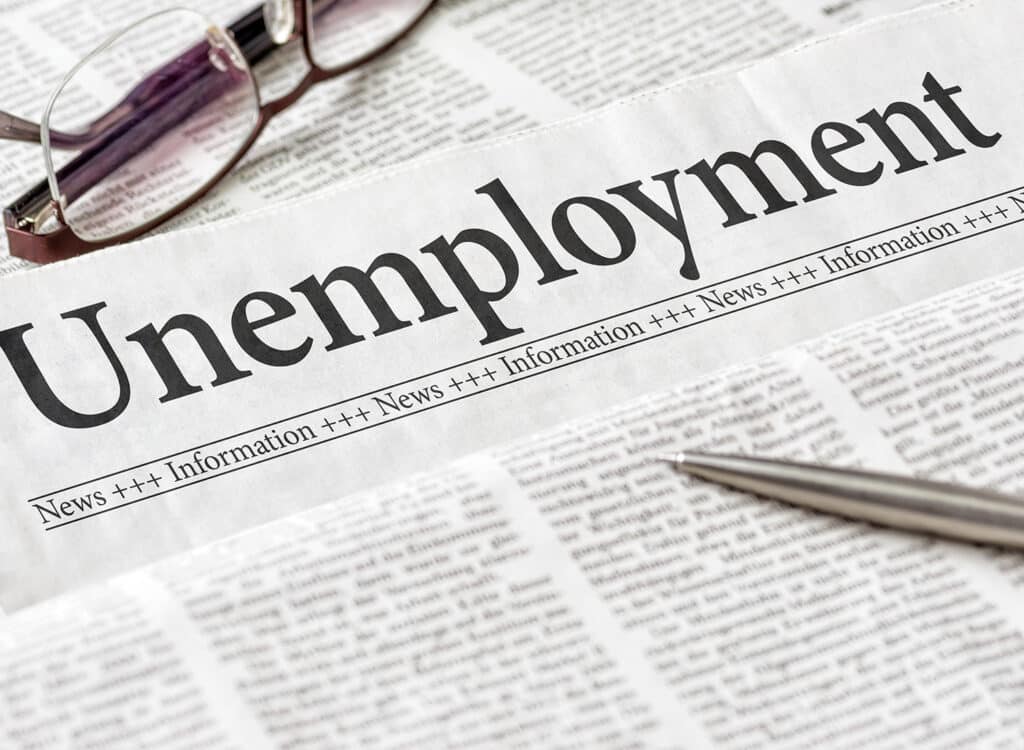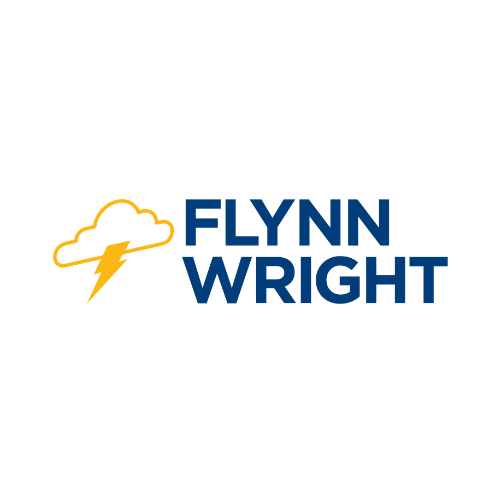Iowa Leading Indicators Index continues June trends in July

BPC Staff Sep 19, 2022 | 8:17 pm
2 min read time
410 wordsAll Latest News, Economic Development, Statewide NewsThe Iowa Leading Indicators Index decreased to 109.6 in July from a revised 110.1 in June. The monthly diffusion index decreased to 25.0 in July from 43.8 in June, the second consecutive month since December 2021 that the monthly diffusion index registered below 50.0.
The Iowa nonfarm employment coincident index recorded a 0.19% increase in July, the 16th month of growth.
Only two of the eight components increased month over month in July: the agricultural futures profit index and average weekly unemployment claims. The national yield spread, the new orders index, residential building permits, the Iowa Stock Market Index, average manufacturing hours, and diesel fuel consumption detracted from the index.
The 12-month moving average of weekly unemployment claims decreased from 1,963 in June to 1,933 in July. Unemployment claims were 19% below July 2021 claims and 55.4% below average historical claims for July.
The agricultural futures profit index showed expected increases in corn profits and in cattle and hogs in July, with a slight decrease in soybean profits. The July crush margin for hogs increased 18.6% from June, and the crush margin for cattle increased 2.5%.
The Iowa Stock Market Index decreased to 118.01 in July from a revised 122.18 in June as only nine of the 28 companies on the stock market index gained value, and three of the 10 financial-sector companies increased.
Residential building permits issued in July totaled 842, down from 1,116 a year ago. The 12-month moving average decreased to 1,106 in July from 1,128 in June. July 2022 permits were 24.6% below July 2021, and 21.2% below the monthly historical average.
Diesel fuel consumption decreased 0.8% between July 2021 and July 2022. The 12-month moving average decreased to 67.73 million gallons in July from 67.78 million in June.
The 12-month moving average of average weekly manufacturing hours decreased slightly to 39.12 in July from 39.15 in June. In July 2022, average hours were 39.0, below the 39.4 hours in July 2021, and just over two hours below the historical monthly average.
During July, the yield spread decreased to 0.60% from 1.60% in June. July is the first month since December 2020 that the yield spread has been below 1%. The long-term rate decreased 24 basis points while the short-term rate increased 76 basis points.
The new orders index in July increased to 54.8, compared with 52.8 in June. The 12-month moving average of the new orders index decreased to 63.78, from 75.98 in July 2021.










